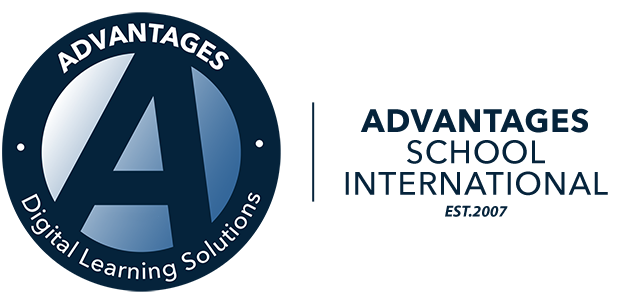
Over the past 10+ years, education has undergone drastic changes, much of that driven by new and innovative technologies. Because of technology and online learning, students all over the world are able to access more opportunities, better resources, and a more comprehensive education than ever before. With these new technologies comes the need for other changes: changes in classroom management, organization, and structure. What always worked in the pencil and paper days of the past, doesn’t always work in conjunction with 21st-century technologies. At Advantages Digital Learning Solutions, we aim to utilize those new technologies to help you create an enhanced digital learning environment for your students.
Now in the midst of a global pandemic when most students around the world are working from home, administrators and teachers are looking for digital learning solutions to make the most effective use of technology to enhance learning, and the flipped classroom is one such method. Whether you’re working with elementary, middle, or high school students in a dual diploma classroom, a domestic school setting, or an international high school, flipping your classroom can be a useful digital learning solution.
What is a flipped classroom?
In a typical classroom, the students learn the material in class and then practice that material at home during homework or study time. A flipped classroom is just the opposite; according to an online article from the University of Texas at Austin, a flipped classroom “is one that inverts the typical cycle of content acquisition and application.” Using the flipped class method, students work on their own to gain understanding before they arrive in class (or in a digital meeting space), and then in the classroom, the instructor guides them to “clarify and apply that knowledge.” This means that the student’s time in the classroom is used more effectively as they are able to try (and sometimes fail) in the presence of the instructor, and they can receive immediate feedback and guidance. Students also learn from each other as they are part of a community of learners each time the class meets. In turn, students become more actively engaged in their own learning as they become responsible for learning and knowledge acquisition outside of class.

Can you flip your classroom without face-to-face classes?
Flipping your classroom works especially well with the online meetings which are currently taking the place of classroom time in many countries. Teachers have limited time with their students, so effective use of online meeting time is critical. How do you make the most of your digital classtime? The answer to that question lies in how effectively students are using their time when they are not logged into the virtual meeting. Students should work on their own to gain an understanding of the material BEFORE the class meetings take place, so they can ask questions and ask for clarification during the meeting. Model for your students what this looks like, help them create a schedule for their daily school work and give them examples of the kinds of questions they should bring with them to each virtual class meeting.
What does a flipped classroom look like in real life?
Armed with this knowledge of the flipped classroom model, what will this look like in action in your classroom? Obviously that will vary depending on the grade and ability level of the students you teach, but no matter what level your students are performing at, start with small steps. Have your students work on knowledge acquisition for small amounts of information on their own, and when they return to the classroom, model and practice how class time will be spent working on and practicing those concepts. Remember this is not only new for you, it is new for your students. They, too, are accustomed to the traditional format of learning at school and practicing on their own, so there will be an adjustment period. As students grow accustomed to the practice and know what is expected of them, you can increase the amount and depth of knowledge students are acquiring on their own.
How does the flipped classroom benefit students?
This method also lends itself to differentiated instruction as students can be assigned at home study with varying levels of difficulty tailored to fit each individual student’s learning needs. With time and patience, flipping your classroom will be worth the effort as you reap the benefits of increased student engagement and ownership of their own learning, and you will be providing the best possible education for every student in your classroom.
Since the flipped classroom model is the complete opposite of the traditional classroom, educators may be reluctant to implement it in their classrooms; however, doesn’t the use of today’s technology makes the classroom of 2020 look completely different from the classroom of 1990? Embracing the change of technology also requires educators to embrace other changes as well, and the flipped classroom is one of those changes that help students succeed!

Today’s blog post was written by our International Schools Success Manager, Rebekah Huggins. For more information about this and other digital learning solutions, email Rebekah by clicking here.
